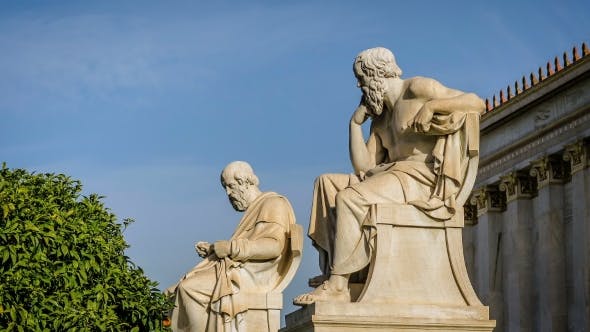Mr Adie well understood Gurdjieff’s concept of “repairing the past,” and was able to put it into practice. It is mentioned in the book George Adie: A Gurdjieff Pupil in Australia (noted on the index). I think this was one of the ideas which he was able to practically make his own. On this evening in 1983, he said the following about it:
Now, this is called repairing the past. Something which I found a big obstacle to understanding for a long time, how is it possible to repair the past? I could understand how it’s possible to suffer in thought for it, possibly profitably, because if I realised how badly I acted I might refrain from repetition and of course repairing the past does entail much suffering. But to repair the past, how? What is done can’t be undone. As it is said, even God can’t do that. So, repairing the past: Mr Gurdjieff was always urging us to repair the past.
Repairing the past, what does this mean? How can one repair the past? Ordinarily, ordinarily, life under the sun, the world of Solomon, the world of time and three space dimensions, it is impossible to repair the past. But in the world in which higher possibilities of man enter, the world under the stars, under the galaxies, the world of added dimensions, fourth, five six, and seven, it becomes quite possible and even obvious.
With self-remembering, which becomes possible in a world of time and four space dimensions – that’s an added dimension, the dimension of self-consciousness – the past becomes present. And in becoming present, the past becomes repairable; in fact, the past, has to be repaired in the present. The past can only be repaired now and not in the future. Now is the act. The act is now. We also, in order to understand this, need to realise that our idea of the past is utterly wrong and that is why people never think in terms of repairing the past.
He then asked: “Would anybody would like to say in what way, that our idea of the past is utterly wrong?”
One person volunteered: “Because the results are still present in us.”
“Very near, very near the answer,” said Mr Adie. “Very near the answer. Because we think of the past, we think of the past as a dead past. Dead and gone and done forever. In fact, the past lives forever.” Mr Adie continued with the piece:
The past is not dead. It lives then, and now, and in the future. It lives in eternity, and for a man six dimensions or man number seven, who becomes capable of relating to eternity, and of moving in eternity, and in omnipresence, he is capable of merging with the Absolute, of merging with the absolute, and all dimensions vanish.
But it is necessary for us to return from such vast prospects of ultimate realities and try to understand by the special action of the effort of remembering ourselves and consciously receiving the impressions of the work, what is possible. Just as important as repairing the past is preparation for the future. We desperately need to a have a living understanding, quick and present, always in us, that the present is conditioned by and contains the past, is dependent on the past, and is limited by the past, and is what it is, because of the past.”
Our present life is like the wheels of the wagon, extrabodily following the hooves of oxen which draw it. Equally we have to know, that the future, for us, already exists, the future exists now, already fixed now. In a dead presence? How terrible is such a prospect, no escape. Will it be negative? As today as tomorrow. The ultimate horror is to bear this thought, of endless ignorance, endless confusion, endless nothingness. The only way is to be conscious now, to learn and actualise the effort, to be self-aware now. To repair the past and to prepare the future, now. In the eternal now, in the everlasting present. Now: “I am that.” Tat twam asi.
Someone asked: “When you say, “I am that,” what does that refer to?”
“Tat twam asi,” Mr Adie replied. “You don’t know what you are, you’re part of creation,. What does that mean, surely you find your consciousness expands at times? Your external world corresponds to your internal world. Of course it isn’t like what you think. But it can begin to become objective. When the work is finished, I AM THAT. You are that. If it’s a horrible world, that is what you are. You know the two men who looked out through prison bars? One saw mud, and the other stars: two different worlds. That’s what they were, one had that world, and one had the other. The world is within you. But is that world objective, and what is the level within you? I can only touch, suggest, make quick, you only give glimpses, I couldn’t possibly put into words the inner possibility and experience which comes by moments in work. Well, then, here are some things of a different level, order.”
